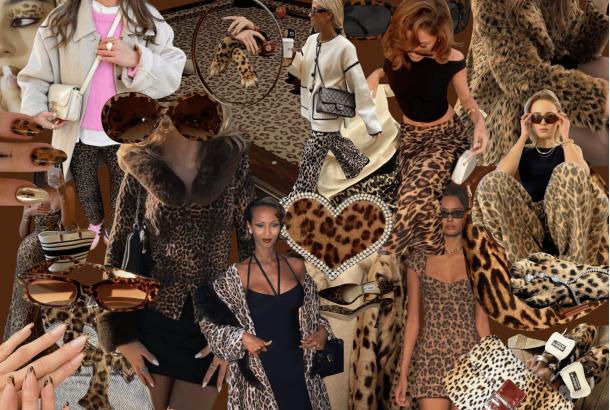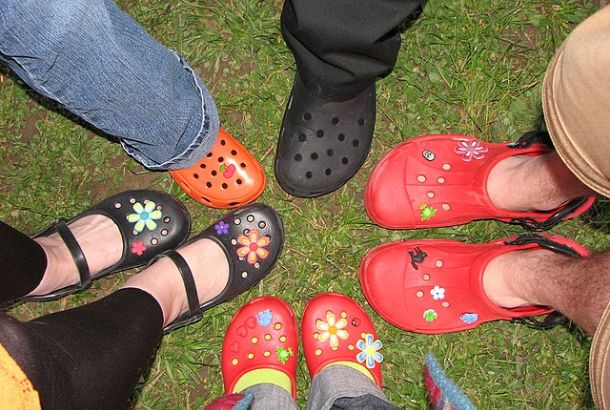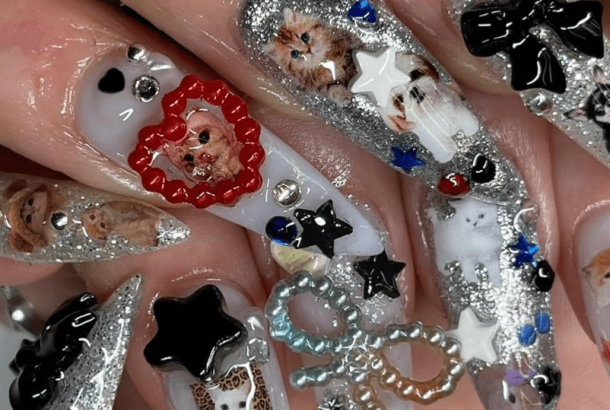COP26 – What does it mean for the fashion industry?

More than 120 world leaders and 25,000 participants attended the much-awaited COP26 which took place in Glasgow.
Considered to be one of the most important events discussing the environment, it was deemed a failure by climate superstar Greta Thunberg who called the event a “two-week-long celebration of ‘business as usual’ and blah, blah, blah”.
The fashion industry is notoriously one of the biggest polluters of this planet, responsible for as much as 10 percent of global emissions. Fashion practically serves as a metaphor for mass consumption and the industry is infamous for turning a blind eye to the obvious issue. But what was actually said about fashion during the event and what does it mean for the industry going forward?
The 2021 UN Fashion Charter includes for the first time LVMH as a signatory brand. The goals of the charter have also been raised significantly: the renewed charter now calls for companies to halve their emissions by 2030 and requires signatories to come up with a plan as to how they will achieve it within the next 12 months and to “commit to achieving net-zero emissions no later than 2050”.
Signatory brands need to use adequate scientific tools to measure their environmental impact, publish publicly and annually their GHG emissions. They must commit to pursuing energy efficiency throughout their operation and value change, reach for 100% electricity from renewable sources and phase out coal from both their own and their suppliers’ sites.
Moreover, more than 50 companies joined Textile Exchange, a global non-profit that aims to accelerate the adoption of preferred materials. As part of a public request, Textile Exchange asks for new trade policies that would give preferential tariffs to textiles such as organic cotton which would push the industry to adopt and incorporate more sustainable materials.
Just before the conference, members of the Sustainable Markets Initiative Fashion Taskforce also committed to using digital ID technology that supposedly informs customers of the sustainability credentials of their products.
Although a step forward, this technology does not affect brands directly but rather shifts the focus on the consumer and their guilt. While consumer guilt works, individual action is not enough to balance out the negative impact of an entire industry. It is also incredibly easy to ease consumer guilt by using new marketing tools that lead the customer to believe they are making an ethical choice.
Furthermore, India and China, two of the biggest clothing manufacturing countries pushed for the phrase “phase out” in relation to coal production to be changed to “phase down” in the final version of the fashion charter. This move symbolises the unwillingness of both industry and nation leaders to change for the better.
As many have argued before, the industry will not change as a whole unless policies are made to limit their consumption. Nation leaders need to step up and if the conference made one thing clear, it’s that there is a clear gap between what needs to be done and what policy-makers and industry leaders are ready to implement.







